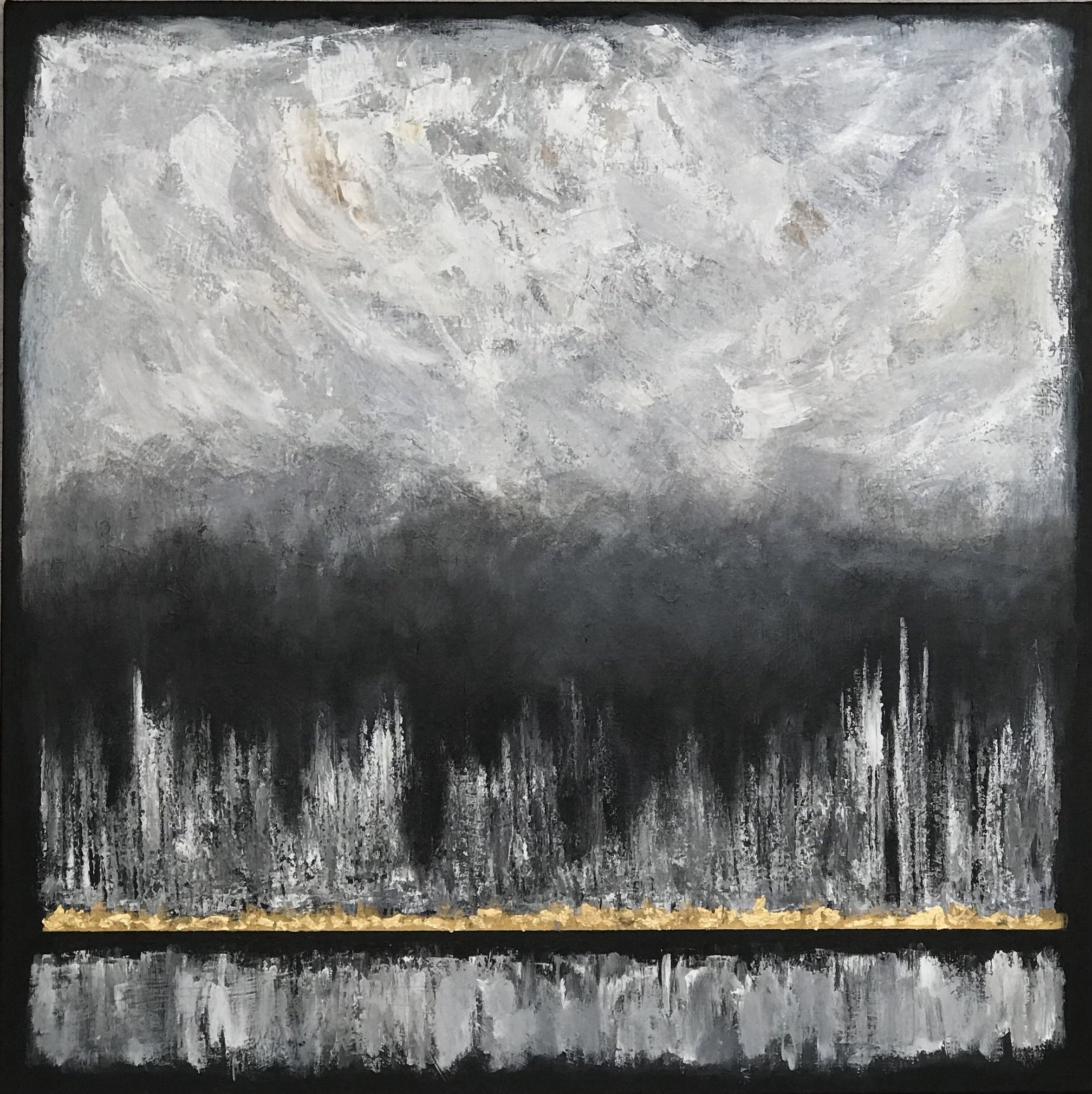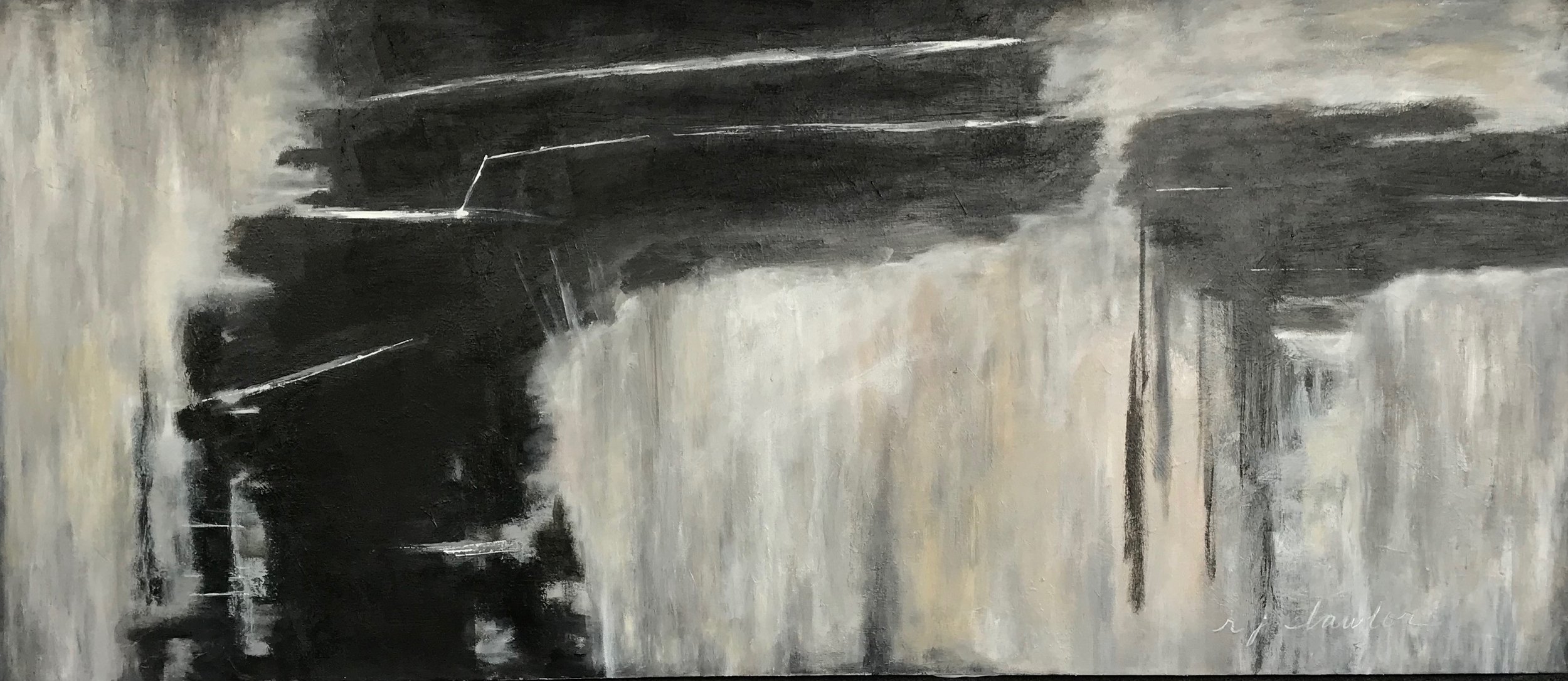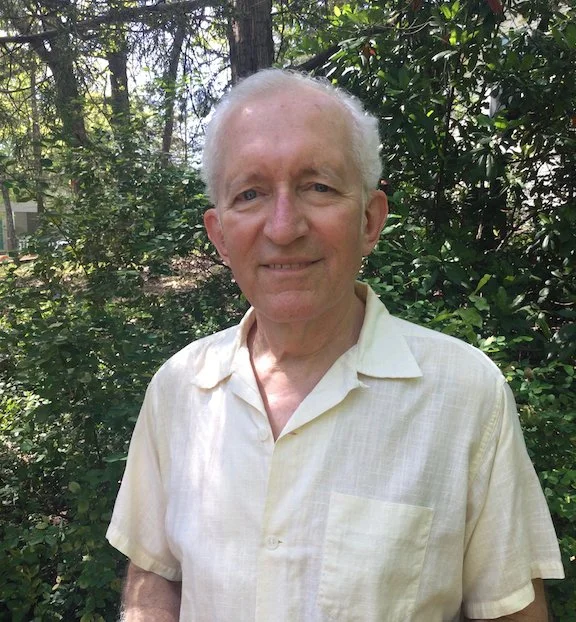Interview with artist Ruth Lawlor
Ruth Lawlor is an abstract expressionist painter living and working in Northwest Arkansas. Ruth takes inspiration from the beauty of her surroundings, which is why her paintings are filled with harmony and balance – and grace. More of Ruth’s work can be found at her website rjlawlorcontemporaryart.com.
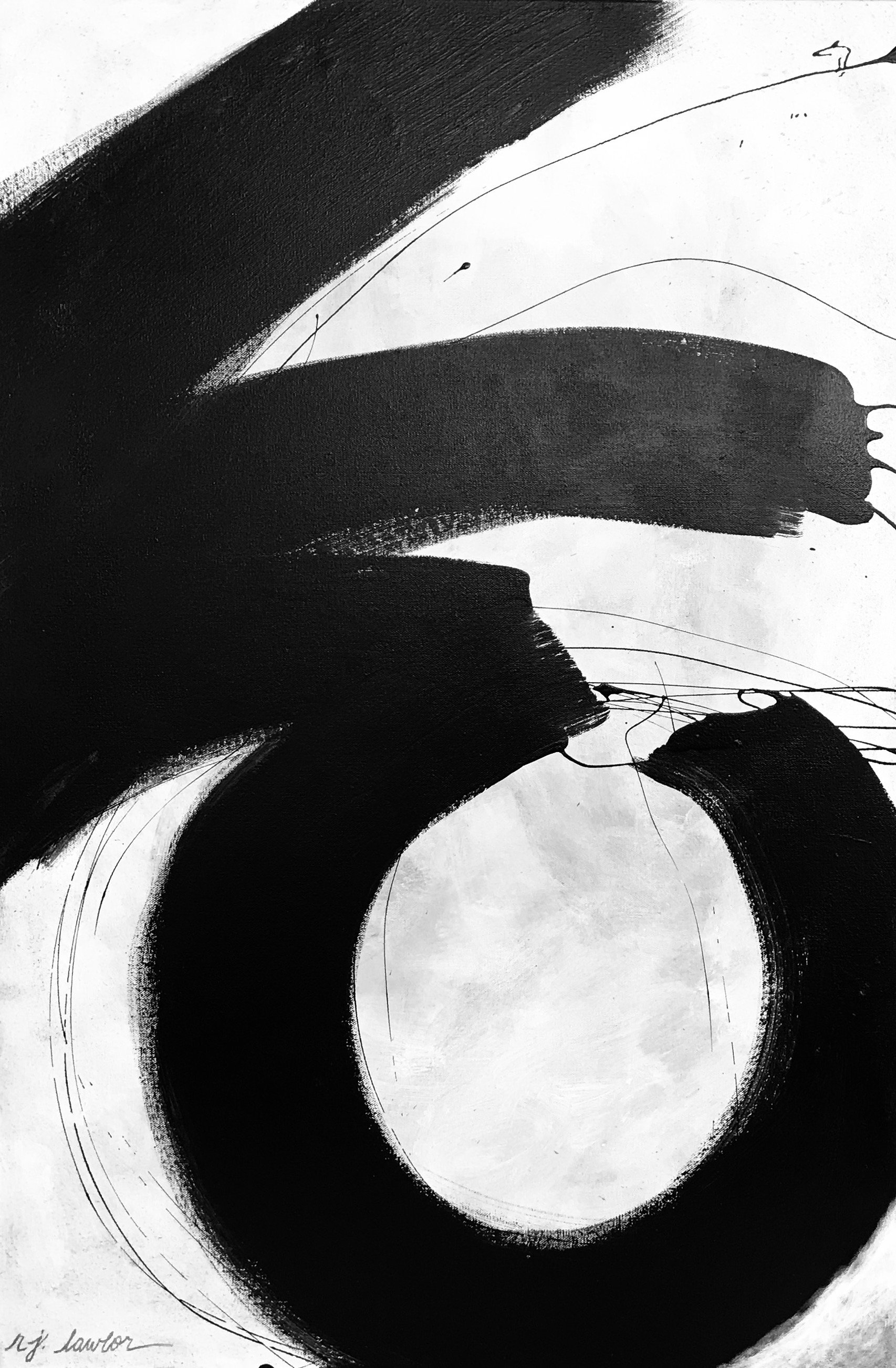
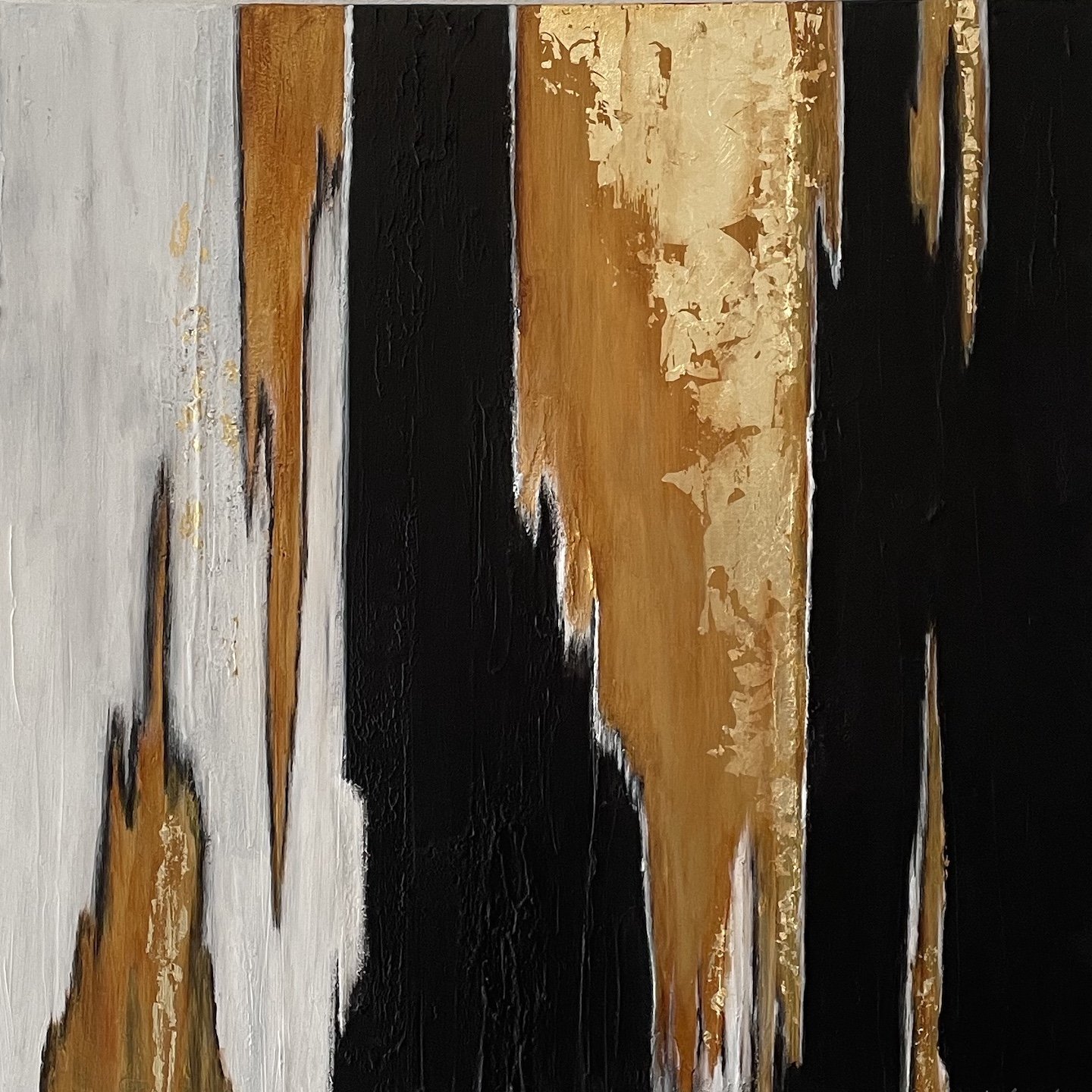
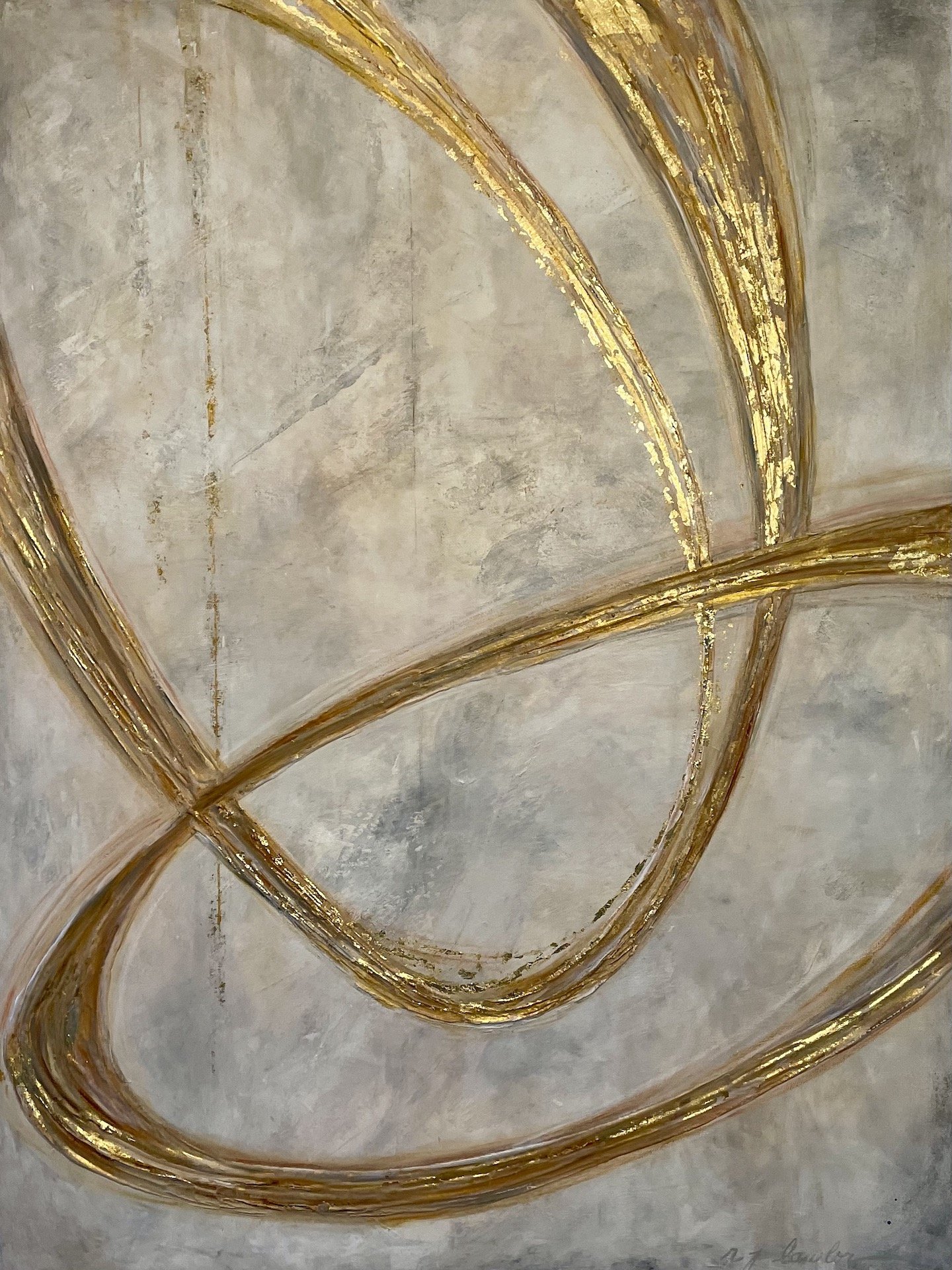
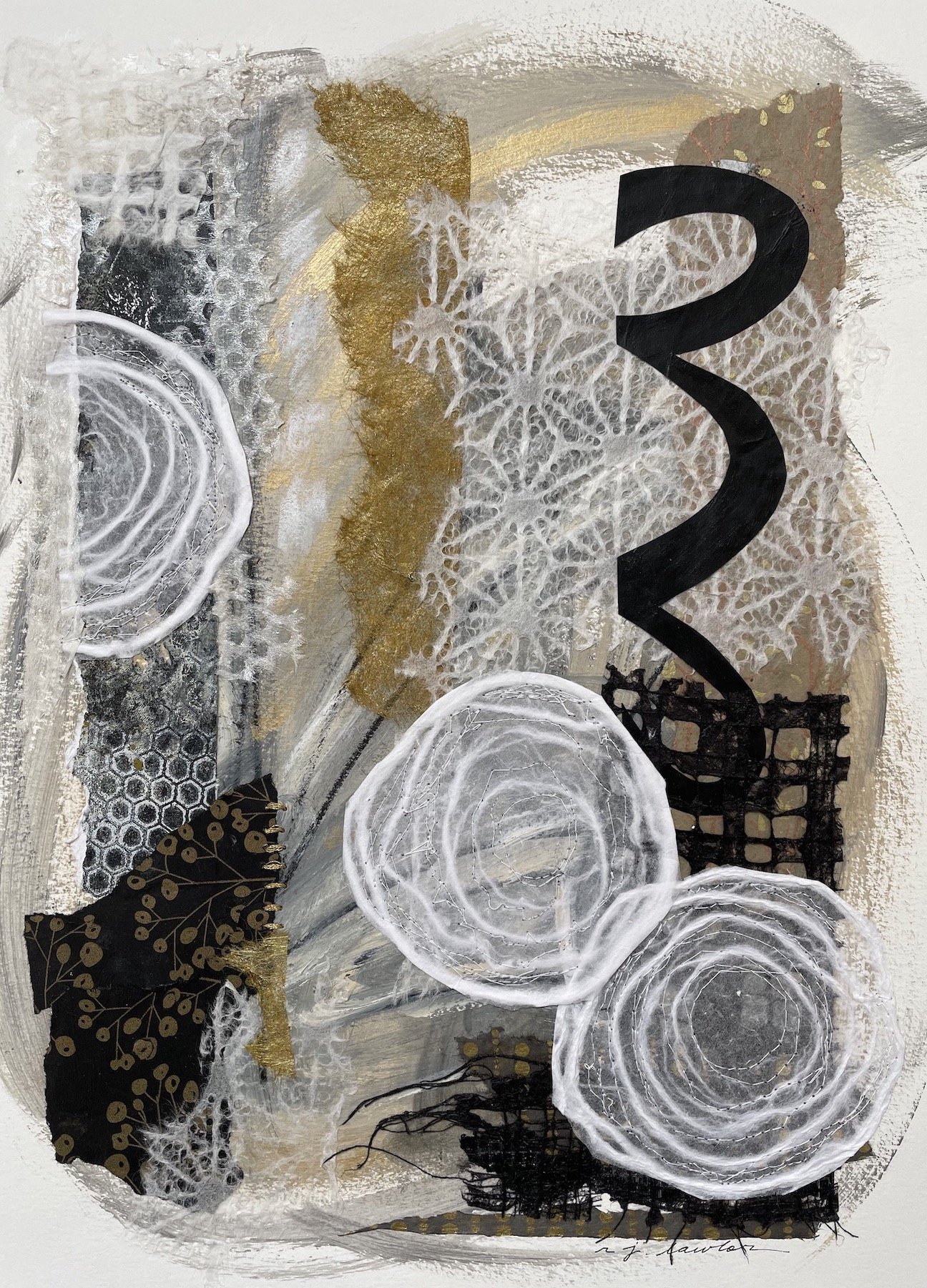
AAS: Ruth, are you originally from Arkansas?
RL: My husband and I moved here from Kansas 10 years ago. We had both just stepped away from careers in education when we were invited to visit friends in Northwest Arkansas. We were immediately captivated by the natural beauty and the rich cultural experiences available in the area. We live on Beaver Lake near Garfield, Arkansas.
AAS: Were you exposed to art and design growing up?
RL: I grew up on a farm in a rural community in south central Kansas with little exposure to art and design. I certainly didn’t know any artists and doubt I even had an awareness that art could be a career path; however, it seemed to be a family trait to find satisfaction and joy in making things as well as appreciating creative efforts of others. My favorite thing about school was getting to draw while the teacher read to the class, decorating covers for reports, and making salt maps. I received recognition and encouragement from teachers for my creative expressions but by the time I reached 8th grade school was drudgery, not because I was a poor student but because school no longer provided a means for creativity and there was nothing to look forward to. There was no art program or time set aside for drawing, making holiday decorations or salt maps and all I really wanted to do was create something, anything. The opportunity to finally take an art class in high school was a lifeline and my art teacher became my role model and ultimately influenced me to become an art teacher. I lived for Friday afternoon art class and time with a teacher who, rather than signing her name, illustrated it by drawing a parrot sitting on a cube. Her name was Polly (Pauline) Box. I admired her not only for her creativity but also for the learning experiences she provided and the kindness and respect she demonstrated toward each and every student.
While I was a mom with four young children, I earned a bachelor’s and master’s degrees in art education from Wichita State University and taught art for 25 years. During that time, I shared my passion for art with students at every grade level.
AAS: What did you enjoy about teaching and what did you learn about yourself and your art through teaching?
RL: Most of my career was teaching elementary art in Augusta, Kansas. I also taught middle school, high school, and college art classes. I most enjoyed sharing my passion for art and it was thrilling as well as relatable when I recognized the expression of joy on young children’s faces when I pushed the art cart into their classrooms.
Harmony in life, as in good design, requires a measure of balance. Balancing family life and teaching left little time for creating art of my own and I heard myself saying I am “just an art teacher, not an artist”. Eventually, I organized sketches into visual diaries and partially supported a notion that I was actually creating something. When I stepped away from teaching, I clearly stated it was my turn to be the student and find a way to make my own art.
AAS: Let’s talk about some of your paintings. Bold black shapes often play a prominent role in your abstracts. Sacred Space No. 206 is an obvious example. It is an imposing painting but welcoming at the same time because of its excellent composition.
Sacred Space No. 206, 48” x 36”, acrylic on canvas
RL: Thank you for that description. I am interested in the power of design. In undergraduate school Design Class unlocked an avenue for understanding how we perceive art and set my course for teaching as well as making art. Learning about the basic elements of design was as meaningful as learning the alphabet insofar as the arrangement and rearrangement can express infinite ideas and meaning. I don’t intend to be overly simplistic but the fact that changing the direction of a line can communicate a completely different message is fascinating. When I create, I think in terms of purity of design. The elimination of unnecessary distractions leads me to rely on line and shape as primary communication tools. Sacred Space is an invitation to consider the beauty of simplicity, the play between positive and negative spaces along with the implications of movement.
AAS: In Window Rock No. 317, the perspective is somewhat switched from Sacred Space, and we are looking through the painting rather than at it. It is so well done.
Window Rock No. 317, 40” c 30”, acrylic on canvas
RL: Your perception reflects the power of simplicity and strength of black and white working together to lead the viewer to an inexplicable place beyond the surface of the painting. I entered into a bit of a battle between the flat design I originally intended and the dimensional painting it became, I’m happy I payed attention and followed my intuition here. I wasn’t trying to portray a specific place but when the piece was finished it reminded of climbing Window Rock in Arizona and the way the opening near the top of that gigantic sandstone frames a magnificent view and inspires exploration beyond.
Summer Chorus No. 076, 22” x. 18”, mixed media on paper
AAS: Another piece in black and white and grey that I love is Summer Chorus No. 076. It is a mixed media piece. What inspired that piece and its construction?
RL: Mixed media is design play time for me, and it never begins with a plan, I simply move pieces of paper around to find a pleasing composition that combines design elements (line, shape, texture, and a limited color palette). It’s similar to putting a puzzle together with the satisfaction that results in finding the piece that fits. But with paper, if the piece doesn’t fit a pair of scissors can fix that.
AAS: Ruth, have you always painted abstracts? Do you have favorite abstract artists that you admire and are inspired by?
RL: My first recollection of seeing abstract art was in an art history book. Non-representational art opened my understanding of art beyond just an admirable mechanical skill to a recognition of a language that expresses what words cannot. I view non-representational art as an invitation to be reflective and introspective. I love the mystery and soul in the paintings of abstract expressionists like Franz Kline, Robert Motherwell and Adolph Gottlieb, their use of bold simplicity and strong sense of design is powerful. When I began studying art, I was inspired to embrace that same energy and spirituality but a fear of disapproval from others was a self-imposed impediment and it took decades to give myself permission to create the kind of work that feeds my soul.
AAS: I want to ask you about With Grace 051. It is another wonderfully balanced piece incorporating your bold sweeping lines with rectilinear elements in collage. It is very complex. Did this piece come together quickly, or did you keep tweaking over time it to get it just right?
With Grace No. 051, 22” x 12”, mixed media on paper
RL: Yes to both questions. Initially the arrangement of elements in mixed media pieces comes together easily and then there is the process of repeatedly walking away and returning to make adjustments. Along the way I like to look for opportunities to obsess about details without creating meaningless clutter. Stitching adds subtle detailed texture and is a reward for the observant viewer without becoming a distraction. I like the challenge of limiting colors to black and white; however, for variety I incorporate grays, browns, and golds for value changes.
AAS: You also paint beautifully mysterious abstracts with almost a landscape feel. Morning Prayer No. 328 is one of my favorites. It is very meditative.
Morning Prayer No. 328, 36” x 36”, acrylic and gold leaf on canvas
RL: Happily, the influence and inspiration of where I live and work are inescapable. I have the good fortune of waking up every morning to a beautiful view of Beaver Lake. The quiet beauty has imprinted my soul and makes a spiritual connection, it is pure joy when that wondrous intangible quality finds its way to a canvas and connects with the viewer. I think the gold I used in the piece helps give emphasis to the inexplicable and spiritual.
AAS: How do you first approach a painting when you first walk into your studio? What are you thinking about?
RL: When I walk into my studio, I think about how grateful I am for the space and the heavenly fragrance of art supplies — and then I wish my studio had a window.
I start with a preliminary sketch as a springboard, but I approach painting intuitively and always wonder how or if the sketch will actually take shape on the canvas. It becomes an interesting process of paying attention, listening to the soul rather than allowing the brain to insist on what it wants to paint. Sometimes it is a struggle and on rare occasions I just hold the brush. Either way it is all joy for me.
As far as the mechanics of what happens in the studio there is always preliminary planning, always a sketch, and usually plenty of hesitation, self-doubt and silent pep talks. As I mentioned, the sketch serves as a springboard to communicate something for the composition acknowledging it will develop meaning when I step out of the way and let the evolution occur. I usually have 5 or more paintings in progress so if I get stuck on one, I can move to something different.
AAS: Like many artists I have interviewed recently, you used the ‘Covid Years’ to reflect over your art practice and to come up with ways to express what you were feeling during the pandemic. The result was In The Vernacular, a marvelous storyboard of sorts. It was selected for the Holy Moly 2020! The Year ‘Till Now exhibit in Denver at the Niza Knoll Gallery. Talk about that work.
RL: I always welcome the opportunity to discuss In The Vernacular, The Story of 2020 and hope for opportunities to share it with an expanding audience. As I mentioned earlier, I keep a daily visual diary, quite different in style and subject from my art practice where I simply record something I observe each day and 2020 the ritual served as therapy and frequently comic relief. Noticing the mounting accumulation of delivery boxes, I started cutting the cardboard into uniform pieces to use in place of a sketchbook. The stack of drawings which I had intended to throw away eventually became an assemblage documenting my response to daily news throughout the year. It isn’t living room art, but I think it’s the most universally relatable work I’ve produced. It was a special honor to have this piece selected for that juried show at the Niza Knoll Gallery in Denver in September 2020.
In The Vernacular, The Story of 2020, each panel 6’ x 5’, mixed media
AAS: What can we expect next from you, Ruth?
RL: On the immediate horizon I am preparing for the Lawlor Art, Wine and Food Party in Kansas City, June 24-25. The exhibition will be a celebration of the creative gifts of our entire family.
As for the broader question, it sets off a pinball reaction of thoughts and it is a question I ask myself every day. I have a sense of urgency to keep moving on and growing as an artist. It wouldn’t be accurate to say I am trying to make up for the years that I didn’t produce art because of the gifts I received from an amazingly loving family and rewarding teaching career. I cannot begin to express how grateful I am for the support of my best friend and husband who encourages me daily. I just don’t want to waste time. My plan is to continue to identify and seize every opportunity to grow as an artist while balancing that with the joy of everyday life.

